how much insulin to take
 Using U-500 Insulin | Clinical Diabetes
Using U-500 Insulin | Clinical DiabetesTop navigation MenuAccountMoreExplore Health.com Explore Health conditions A-Z News Diet and nutrition Fitness Beauty Mind " Body " Lifestyle Profile menuAcuentaMore How much does insulin need? Getty Images If you have and your doctor thinks it may be a good time to start, there are two important factors to consider: How much insulin do you need to take? When do you need to take it? And they're both very personal. "You can't paint everyone with type 2 diabetes with the same brush," says Mark Feinglos, MD, chief of division of endocrinology, metabolism and nutrition at Duke University School of Medicine, Durham, N.C. "You need to adapt the regime to the needs of an individual. "A person with type 2 diabetes can start in half of an insulin unit per kilogram of body weight a day, especially if you don't know much about the nature of your diabetes. However, it is not unusual to need more like a unit, says Dr. Feinglos. (One unit per kilogram would be 68 units per day for someone weighing 150 pounds, which is approximately 68 kilograms.) Much depends on your specific health situation. People with type 2 diabetes suffer from insulin resistance, in which the body loses its ability to use the hormone properly. At the beginning of the disease, insulin-producing cells in the pancreas respond to insulin resistance by getting even more out of the hormone. Over time, however, insulin production decreases. Taking insulin can help you overcome body insulin resistance, although many factors can affect your dose. If your body is still insulin-sensitive, but the pancreas is no longer making much insulin, for example, Dr. Feinglos says you would require less insulin than someone who is really insulin resistant." But the most important issue is not necessarily how much you need to take," he adds. "Beyond, it's time for you to take. Time is all. "Next Page: [ Pagebreak One shot a day or more? If you wake up with high blood sugar in the morning, you will most likely need at least one shot of once a day combined with oral medications, says Dr. Feinglos. Oral medication can reduce insulin resistance, and a long-acting insulin injection (usually taken at bedtime) can mimic the low level of insulin done by the pancreas. (And the shots may not be how you imagine them, painful and complicated. You can use pen-like injectors that have short and thin needles and that allow you to mark the amount of insulin you require, instead of pulling it out of a jar using a syringe.) A shot a day or more? If your blood sugar tends to bite after meals despite using medications and seeing what you eat, you may need to take a quick-acting insulin dose before each meal. "There is controversy about how much better you can do with other shots," says John Buse, MD, PhD, director of the Diabetes Care Center at the University of North Carolina Medical School, Chapel Hill. "I don't see much improvement in overall glucose control in many patients with rapid action insulin taken in meals. And it promotes weight gain and low blood sugar. Is the burden worth the benefit? "A prolonged action formulation once a day is usually the best way to start, according to Dr. Buse. A standard initial dose could be 10 units. The dose is then increased until blood sugar levels are reduced to normal range. "If a person still has a substantial insulin secretion left in his pancreas, a daily shot is probably more than enough to overcome it," says Robert Rizza, MD, a professor of medicine and an executive dean of research at the Mayo Clinic in Rochester, Minn. "But if you're really running out of insulin and you can't store it between meals, then you may need to take both long and short action injections. "Next Page: [Pulse of page]Take insulin with meals If you end up taking insulin at meals, doctors agree that it is particularly important to match food intake with insulin, while physical activity is also accounted for. (Exercise naturally decreases blood sugar, so if you're working, you may need to keep it in mind.) Taking insulin with meals"Some people recommend that insulin coincide with carbohydrate counts," says Dr. Buse. "Others suggest eating a portion of carbohydrates in each meal for a particular dose of insulin." Even more crucial, according to Dr. Feinglos, is moderating food intake before insulin is started. "If you don't first control the calories, and start giving insulin," he warns, "then all a patient will do is gain weight and get more resistant insulin and finish needing larger insulin doses. "It can be a vicious cycle. "The relationship between food and exercise with medicine is so critical in diabetes," he adds. "If you keep spilling medicine into the problem, it doesn't really solve it. "It can be a vicious cycle. However, a patient can do everything right — eat well, work and take his medicine routinely — but still requires more insulin over time due to the progressive nature of the disease. Adjustments can reach through higher doses, higher frequency of injections, or both. In a positive note, with improved diet and exercise, some patients may reduce their consumption, even to the point of leaving insulin injections aside. "There are multiple ways to get to the same point," says Dr. Rizza. "The lower line is to keep sugar in the normal blood. "Participation options Log in Magazines & More informationConnectOther Meredith Sites View image

What's Your Insulin Sensitivity Factor? – Diabetes Daily

How much Insulin should I take? - Hedia Diabetes Assistant

Type 1 Diabetes Symptoms, Causes, Diagnosis and Treatments - Learn about the different types of insulin for type 1 diabetes and newer therapies to help you better manage your glucose better.

How Much Insulin Do You Need? | Health.com
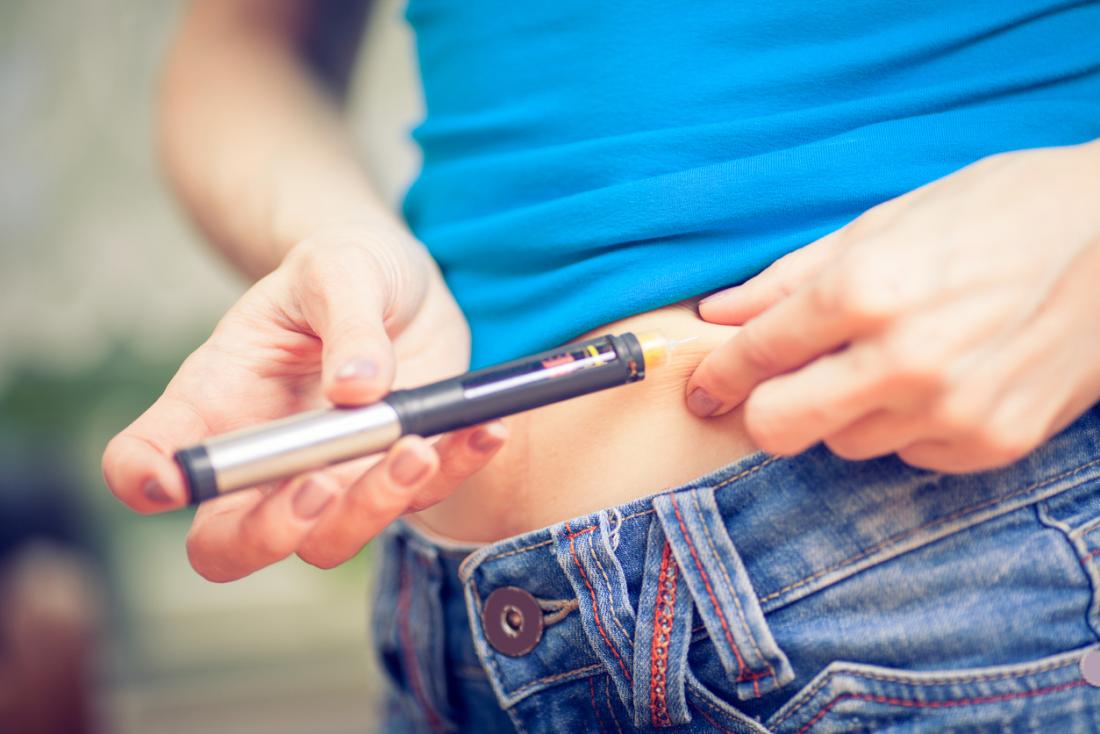
Insulin overdose: Dosage, symptoms, and treatment

Type 1 Diabetes and Insulin - Types of Insulin, Where to Inject It, and the Best Methods for Insulin Delivery
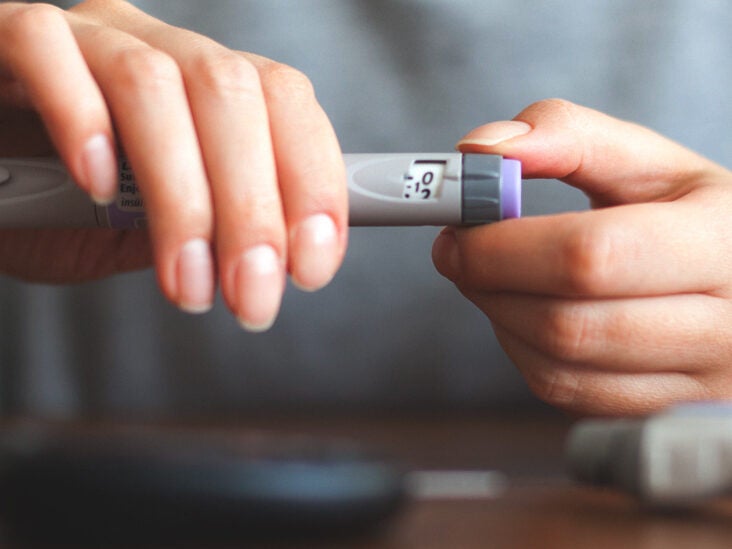
Insulin Dosage: 6 Important Things to Know

Insulin: Types of Insulin, Needles, Pumps, Pens, and Why Insulin is So Expensive - Types of insulin, administration with needles, pumps, pens, and why insulin is so expensive

Dosing Lantus® (insulin glargine injection) 100 Units/mL
:max_bytes(150000):strip_icc()/how-to-give-an-insulin-injection-1087305-453dfccdebb448918053b400119fcbe1.png)
How to Give an Insulin Injection

Insulin Management of Type 2 Diabetes Mellitus - American Family Physician

10 Best Insulin chart ideas | insulin chart, insulin, insulin therapy
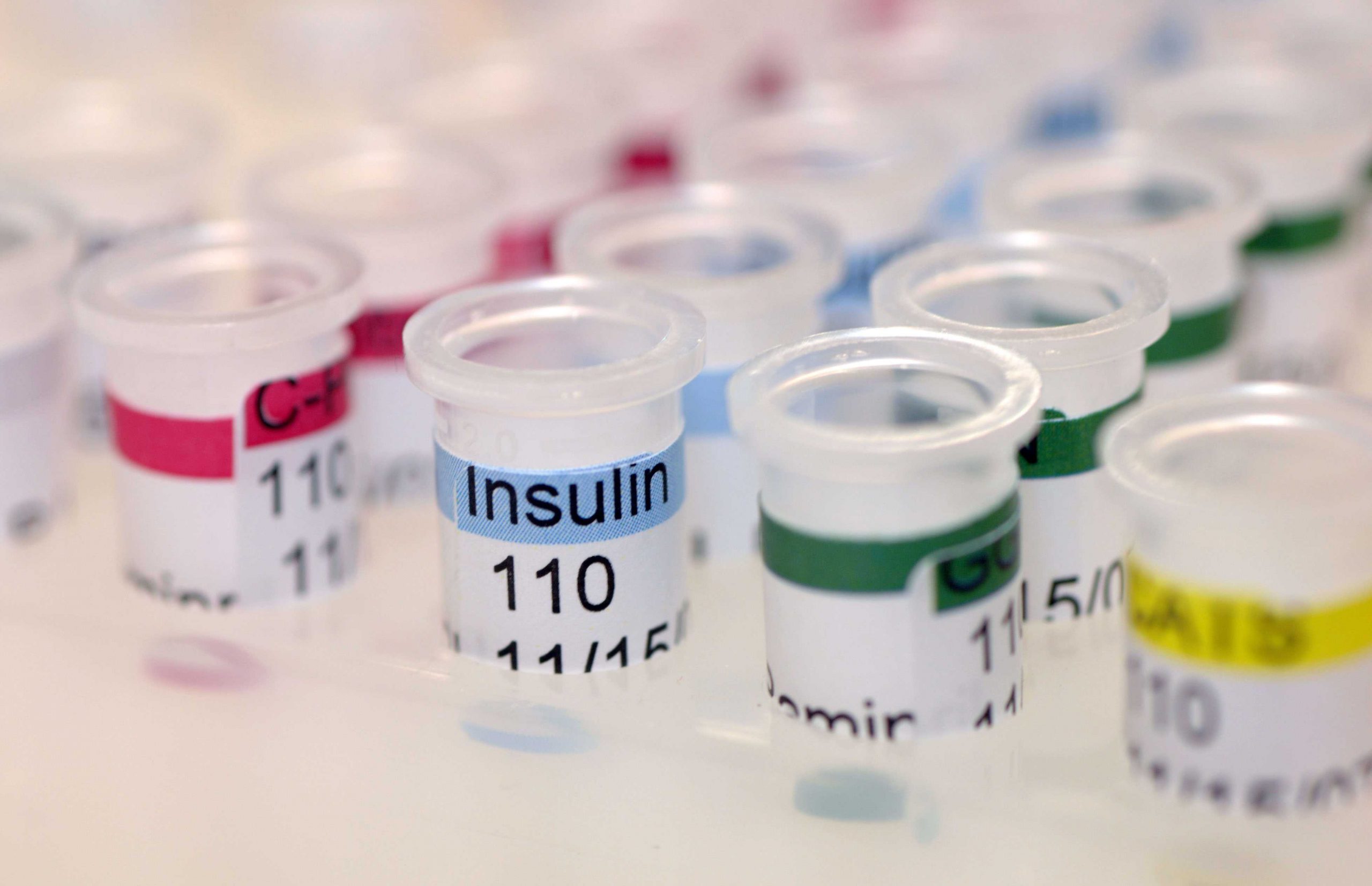
Missing Insulin Injections - What To Do & Late Injections

Insulin Management of Type 2 Diabetes Mellitus - American Family Physician
/what-is-insulin-resistance-2242260_final-8935c4f38c7f4215bef8a00957c4b2b1.png)
Insulin Resistance: Overview and More

Types of Insulin Chart: Duration, Comparison, and More

Type 2 Diabetes and Insulin | Diabetes Self-Management

Sylvia Deese (sddeese48) - Profile | Pinterest

How much Insulin should I take? - Hedia Diabetes Assistant
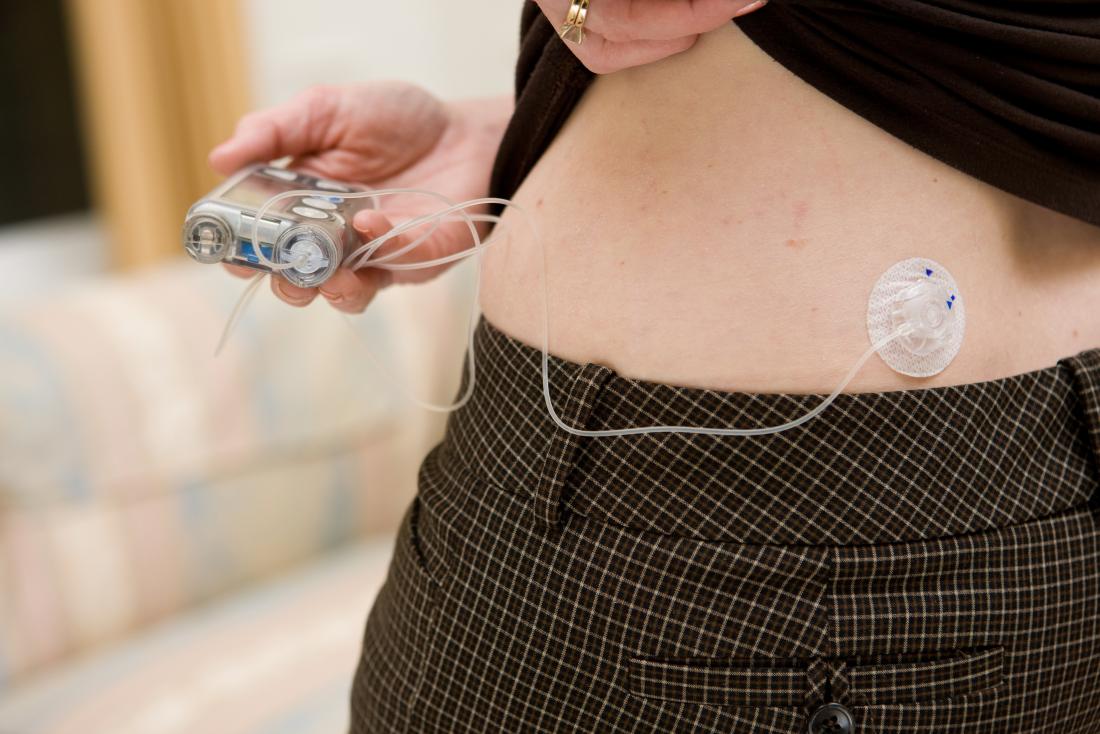
Insulin therapy: Side effects, myths, and tips

Insulin | You and Your Hormones from the Society for Endocrinology
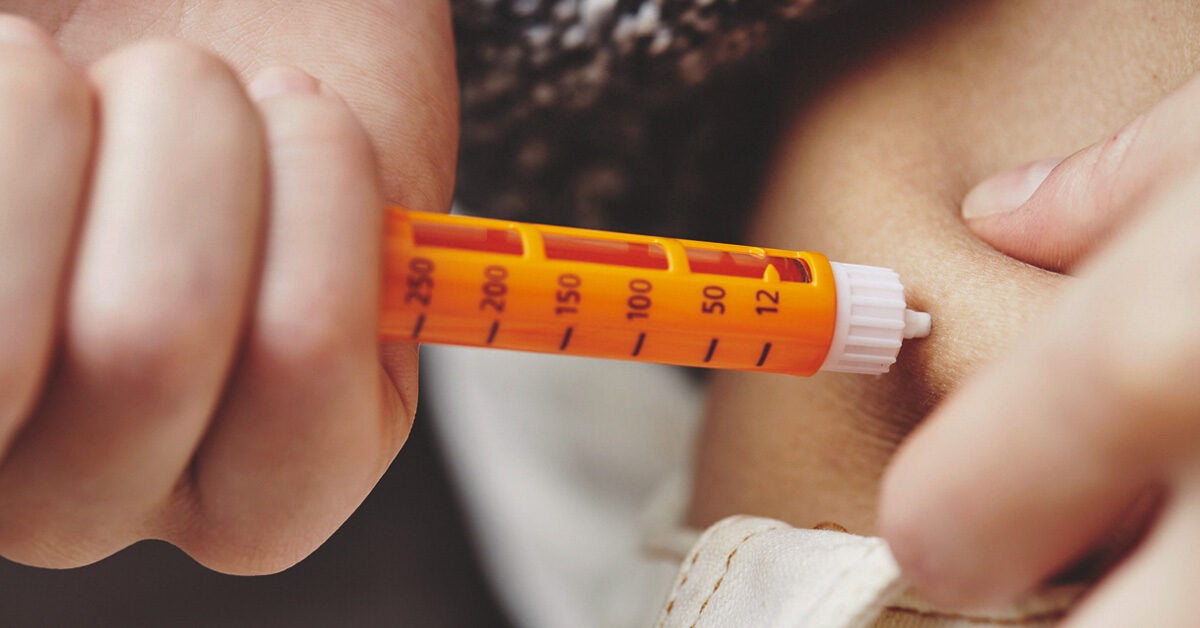
About Insulin: What It Is, How It Works, and More
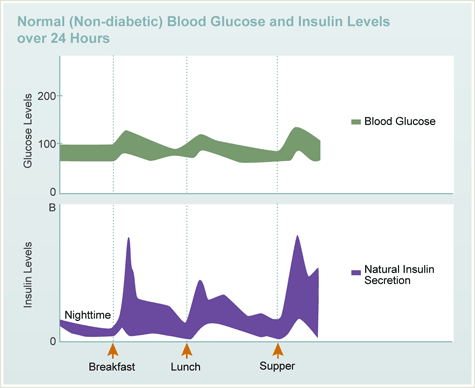
Insulin Basics :: Diabetes Education Online

Insulin Management of Type 2 Diabetes Mellitus - American Family Physician
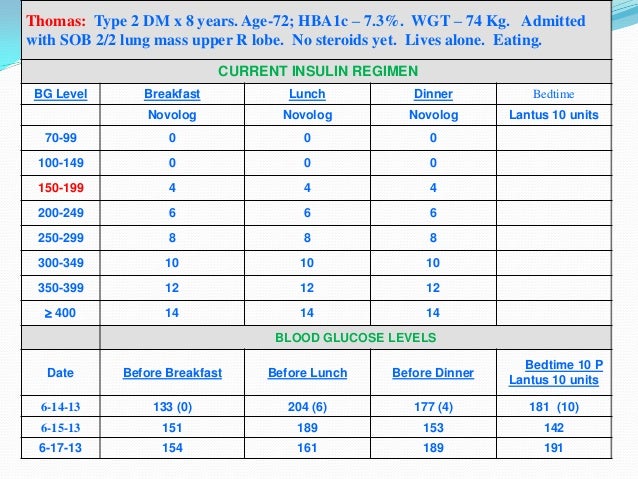
Insulin mgt
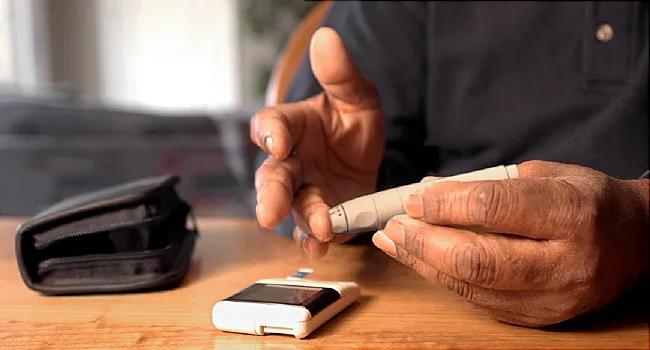
Timing Your Meals and Insulin Doses Properly Can Help Keep Your Blood Sugar Steady
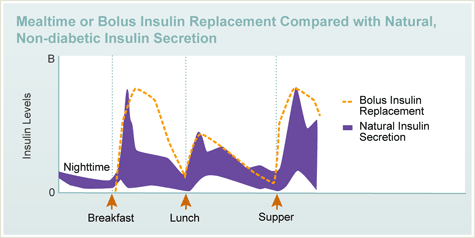
Insulin Basics :: Diabetes Education Online

Starting Insulin for Type 2 Diabetes: Benefits, Risks, and More

Insulin Access and Affordability Working Group: Conclusions and Recommendations | Diabetes Care
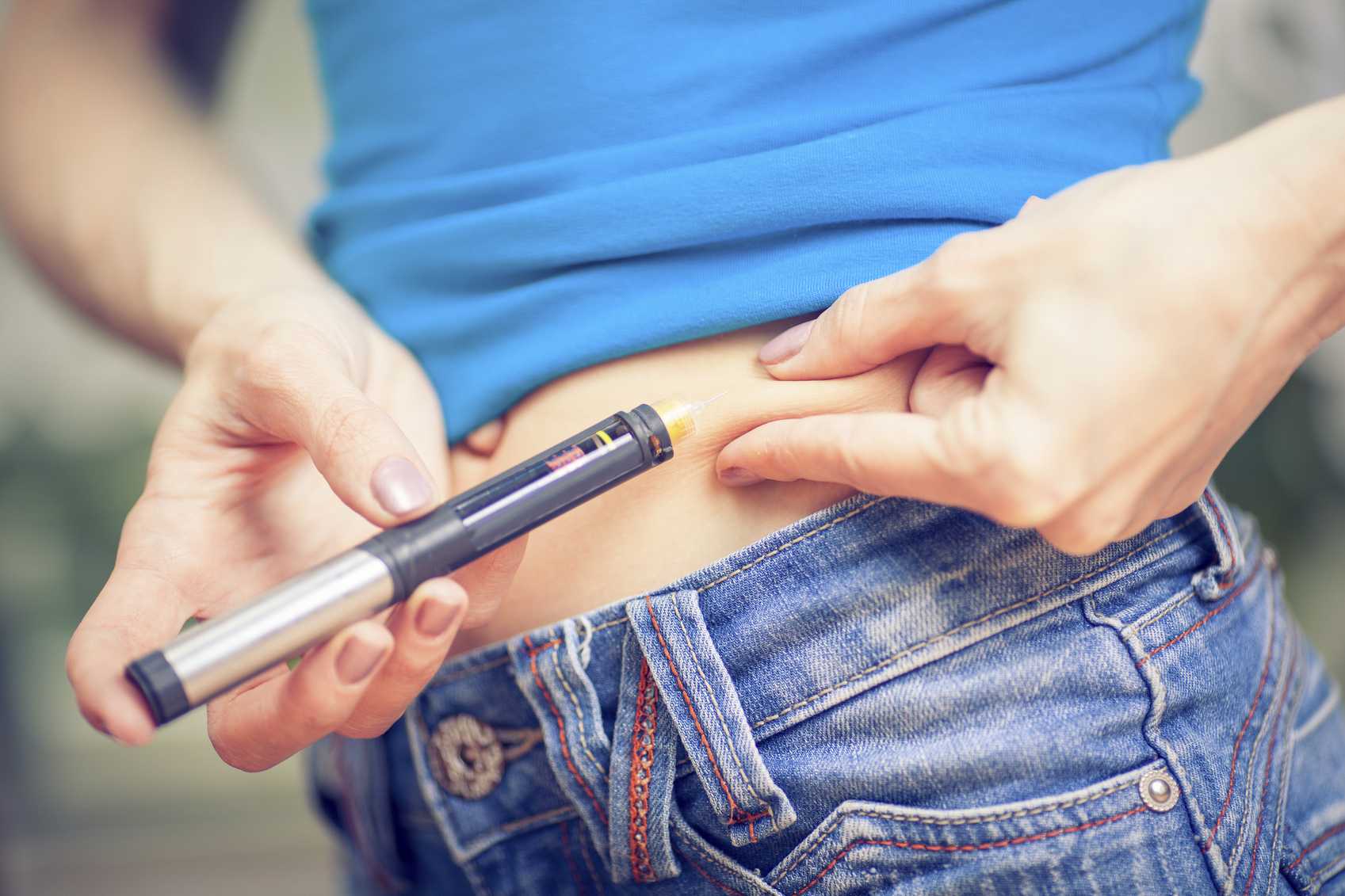
Diabetes and Insulin Pens - Guide to Insulin Pens

Initiating insulin: How to help people with type 2 diabetes start and continue insulin successfully - Polonsky - 2017 - International Journal of Clinical Practice - Wiley Online Library
PLOS ONE: Steatosis in South African women: How much and why?

Fast-Acting Mealtime Insulin | Humalog® (insulin lispro injection)

Insulin | Hormone Health Network
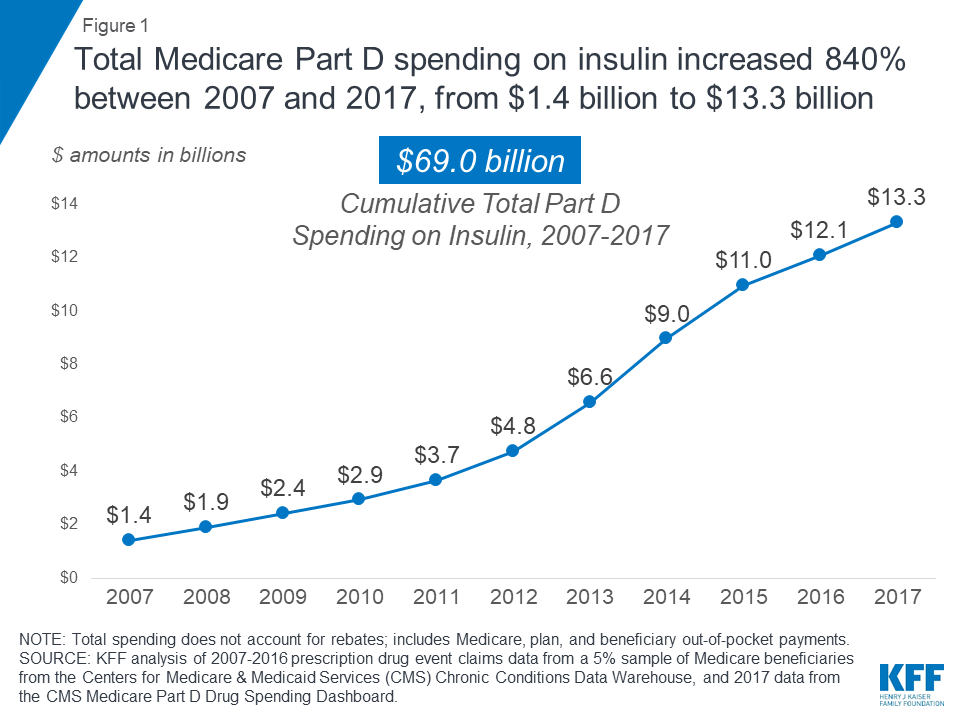
How Much Does Medicare Spend on Insulin? | KFF
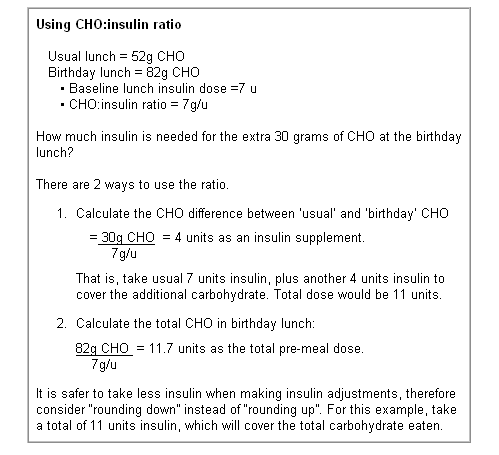
Carbohydrate Counting: Frequently Asked Questions — Mount Sinai Hospital - Toronto
Sick Day Guidelines

5 Things Every Person With Diabetes Needs to Know About Insulin

Insulin: What It Is, How It Works, and Who Needs to Take It

Insulin sensitivity factor: What is it and how to test for it?
Posting Komentar untuk "how much insulin to take"